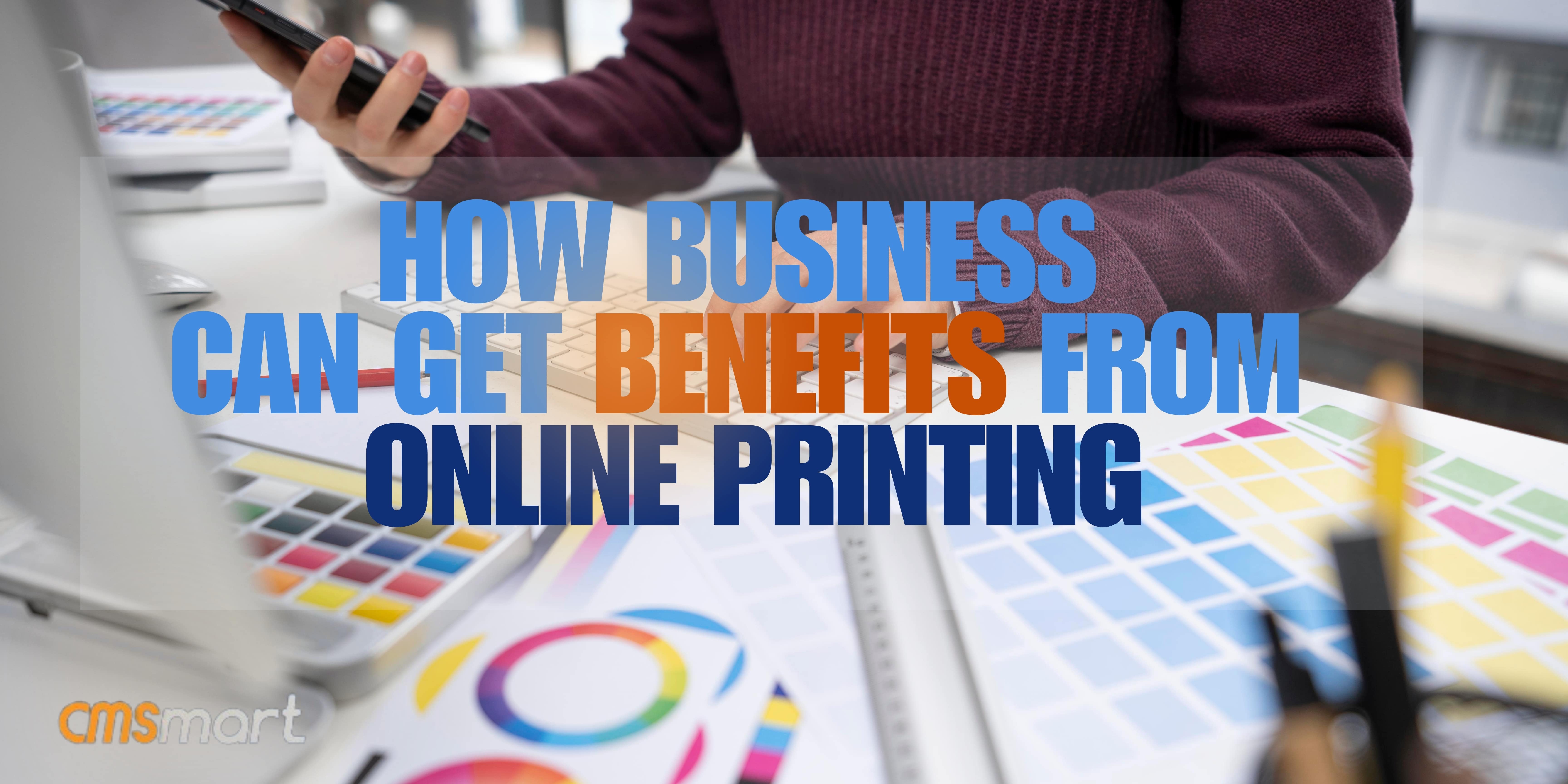TABLE OF CONTENTS
TABLE OF CONTENTS
Other Usefull Contents
You can see many success stories from our customers, and you may be one of them in the future
One of the important services from big to small companies all focus and require to be finished as fast as possible is printing. To deal with this requirement, a lot of people are choosing a marvelous tool that is online printing.
Read MoreThere is one fact that B2C clients are unpredicted in their buying patterns while B2B clients can bring a shop reliably repetitive business. To bring the repeat customers on board seems to be more difficult and complicated than to secure the average one-o
Read MoreIn the digital business world, those that rely completely on physical documents and assets are at a loss, especially in comparison to their brethren that put their faith in technology a decade ago. Of course, we cannot depend totally on digital, but it wi
Read More














The print and design industries have been mushrooming at amazing pace with a lot of innovations in many established methods of accomplishing tasks and completing projects. To survive in this profitable but fiercely competitive environment, both large and small digital printing business owners have to find the ways to get the latest developments in terms of software and machine features. Since 2018, there have been some technology innovations worth noting for every single field of printing as follow:
For a long time, offset printing had been always an industry standard; however, due to the changes in technology and market demands, offset printing has suffered from a steady drop and we could observe the domination of commercial inkjet printers with Professional-grade, high-speed inkjet printers. They can render text at up to 4,000 words per minute.
Moreover, digital printing technology allows users to produce designs much more intricate. These creative possibilities allow designers to put together eye-catching projects with fewer limitations than they would have found with offset printing.
Online design tools provide users a wider range of features and customizing designs becomes easier than ever. Even new design software suites now include three-dimensional tools that allow designers to create parts and objects without the need for extensive engineering knowledge. Users just need a smart device and then design anything they want. Software innovations will let us see a lot of unique printing products that show individual signature.
Nowadays, printing has been no longer confined to flat sheets of paper, we have processes applied to rendering three-dimensional objects from raw material. This change is like a great echoes in this industry. Larger scale commercial 3D printing also has the potential for innovations in the trade show exhibit specialty field. As the demand for visually unique display booths increases, design companies that utilize 3D printing for booth pieces are in a great position to draw this type of exhibitor clientele.
Although our technology world has been developing every day, digital printing offers users a lot of convenient features, there is a fact that we still need offset printing. We can combine digital and offset processes by computer-to-print-plate automation. User will send finished image files to electronic plates that are able to recognize them, using technologies similar to those found in desktop scanners. When we upgrade printing technology, it is possible to deal with more complex print projects with many different colors and finishes. In the near future, our printing industry will be improved and reach new level of development.